
Secret Sarayaku - Misha Vallejo
The video was made during the Artist in Residence program at the Docking Station in Amsterdam
They believe in the Kawsak Sacha or Living Forest. The Kawsak Sacha is based on the idea that the jungle is a living, conscious and rights-bearing entity in which all elements, including the plants, animals, humans, rivers, wind, stars, etc., are alive, have a spirit and are interconnected. If one aspect of this is damaged, it will trigger a chain reaction affecting all other parts of the jungle.
The Kichwa people believe we are all part of this big and complex organism that we call Earth. Everything that affects the Kichwa affects all of us. Everything is connected. In the times we live in, implementing this philosophy to our everyday life could mean the difference between extinction or survival.
In emphasis of this connection, the Sarayaku have used social media to become cyber-activists: they spread their environmental message and connect with supporters across the globe via a satellite Internet connection. The community is convinced that by sharing their life in the jungle, they will inspire people around the globe to implement different strategies in the fight against climate change. They want to get known internationally, not out of vanity but rather because in this way it will be much harder for the government or big oil companies to disappear them. Nevertheless, this Internet connection with the “outside world” is a double-edged sword and has resulted in an ever-greater presence of Western culture within their everyday life.
Misha Vallejo has worked for five years with the Kichwa people in the Ecuadorian Amazon, to create a multi-layered, non-linear and participatory narrative, called Secret Sarayaku.

Misha worked with Kichwa kids, and asked them how they see their environment in Sarayaku and to represent their answers as drawings on their own portraits. The portraits were also a joint construction, photographer and subject deciding together where to take them and their poses.
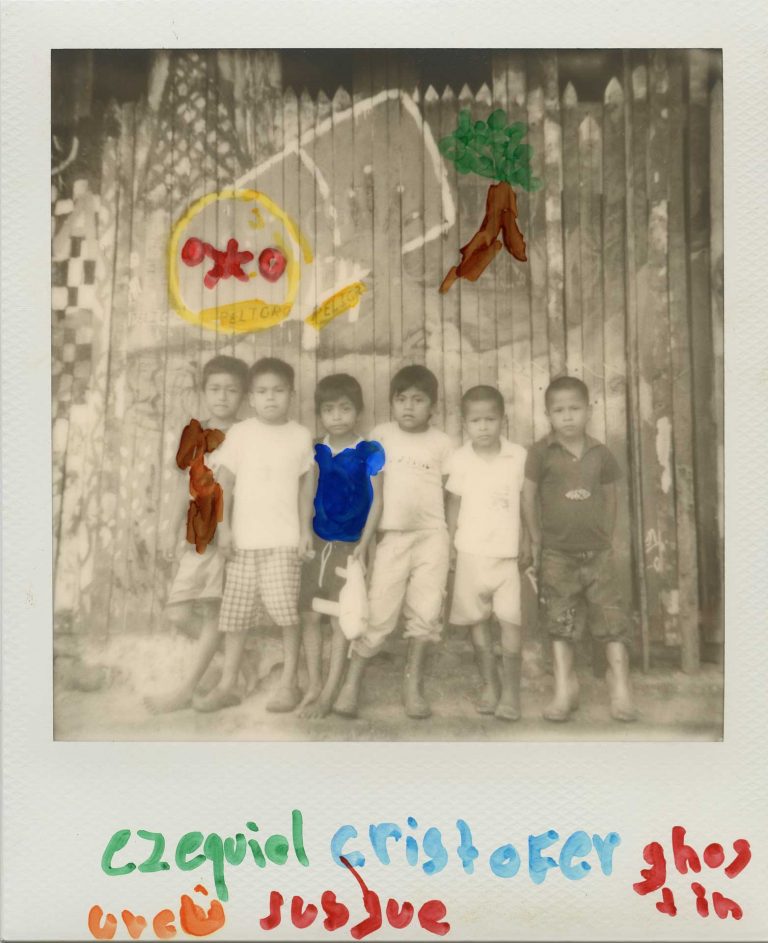
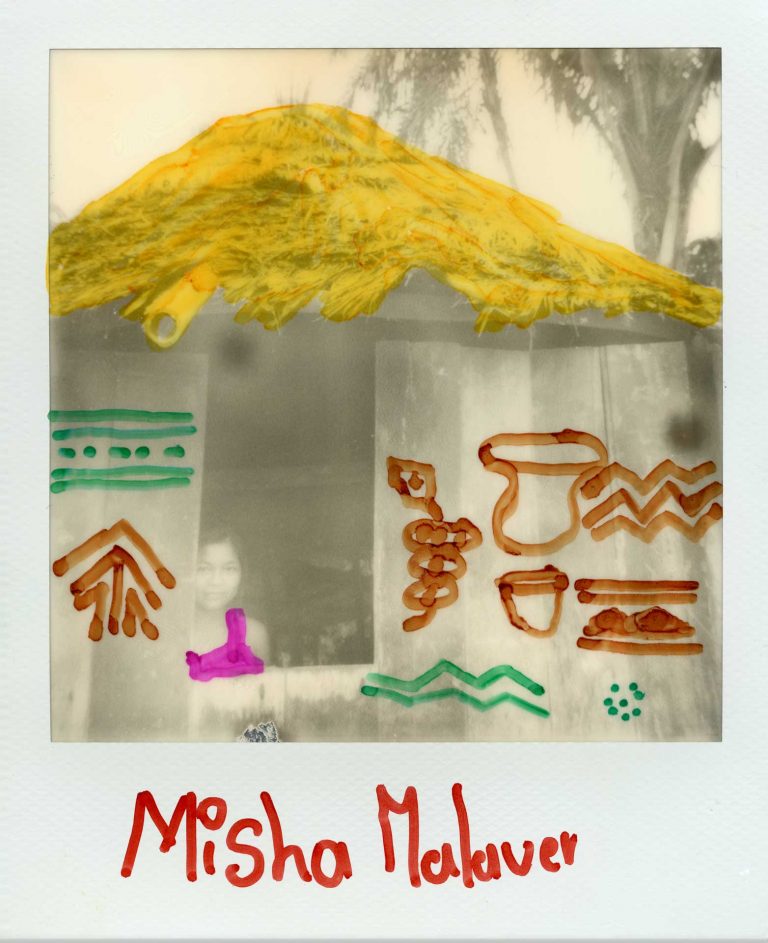
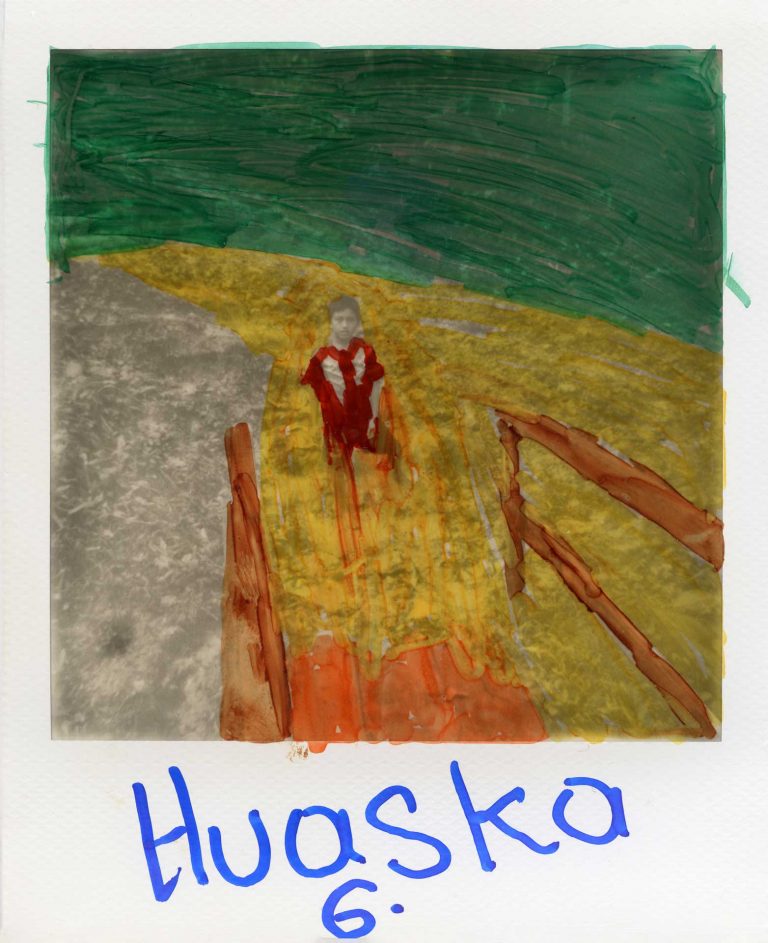
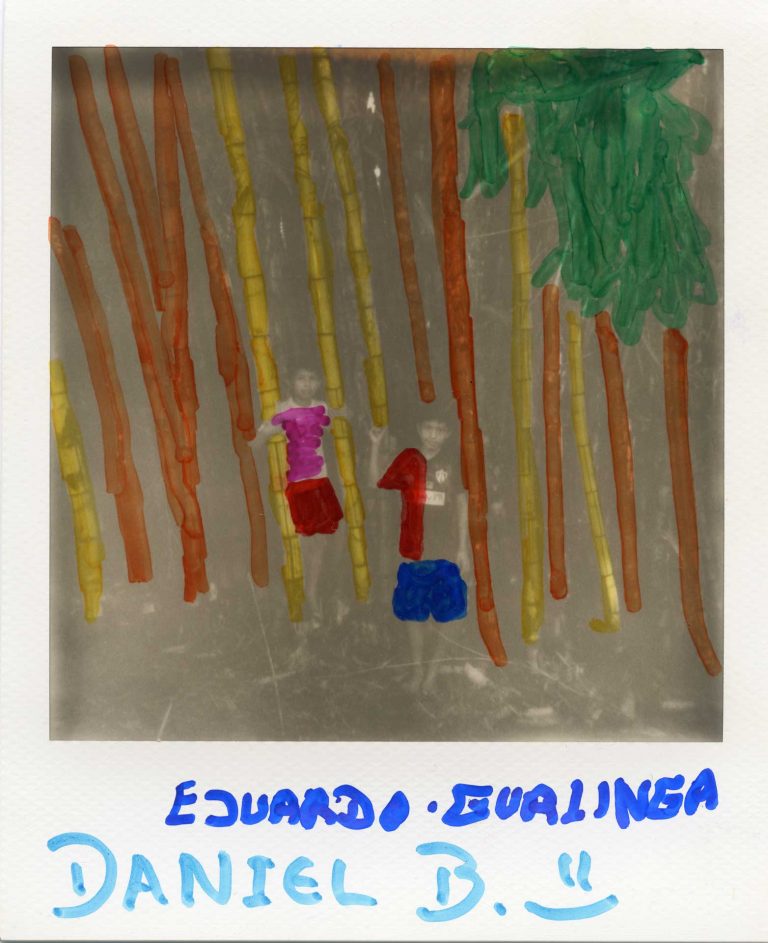
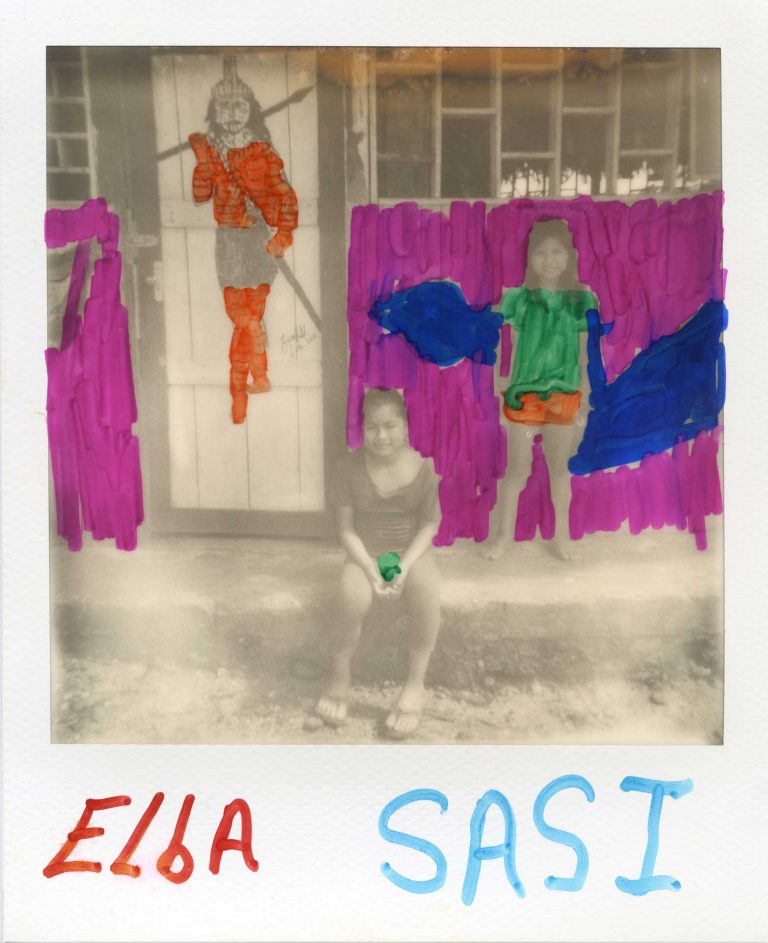
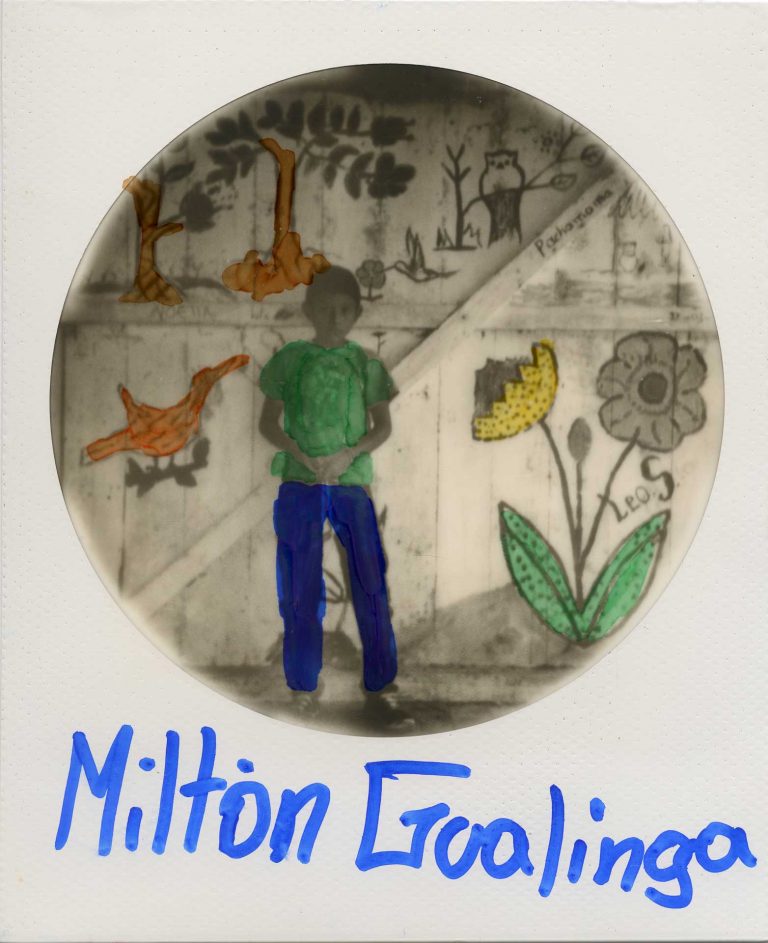
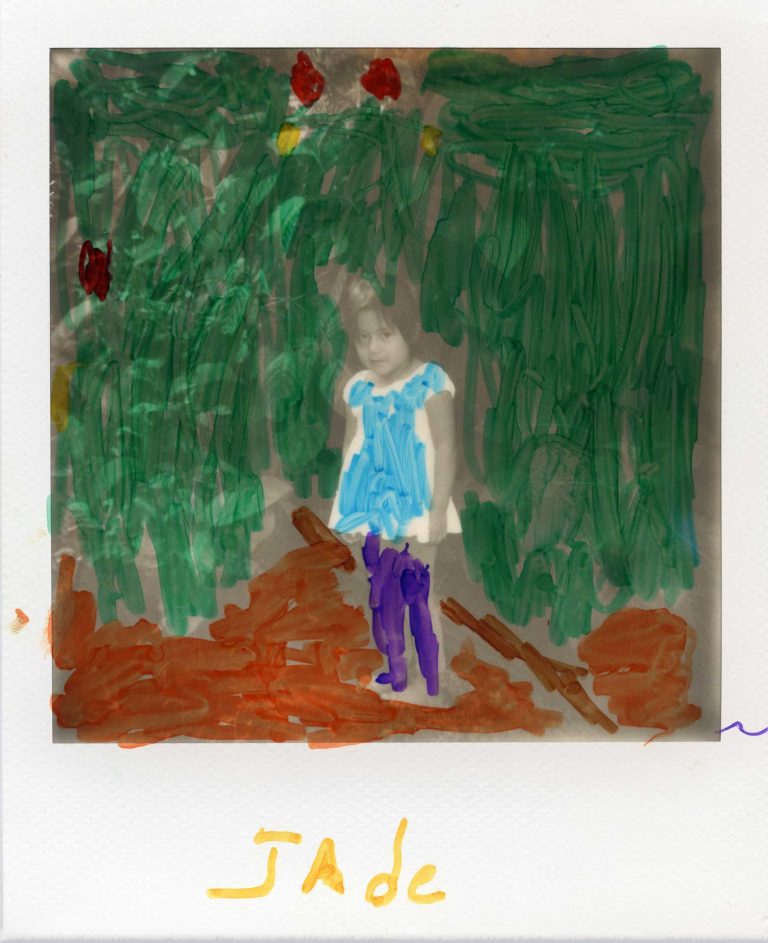

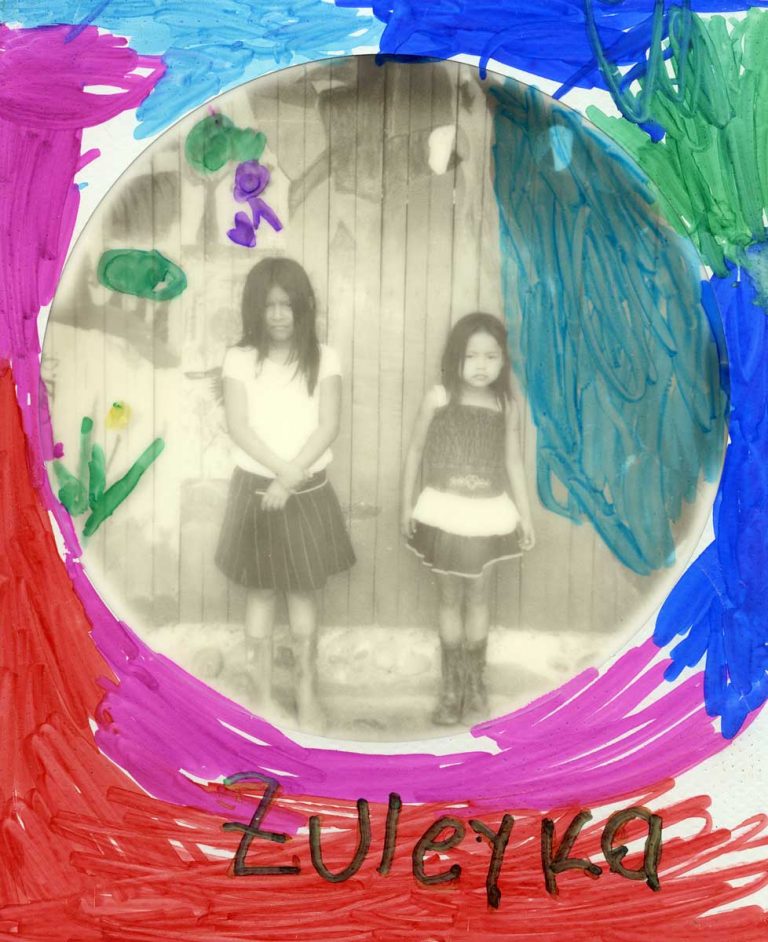
QUESTION: IN THE CREATION OF PARTICIPATORY NARRATIVES, DO YOU THINK THE ROLE OF THE DOCUMENTARY PHOTOGRAPHER IS MEANT TO CHANGE OR EVOLVE?
Misha Vallejo: “What are you going to leave behind for our community?”
– was Jose Miguel Santi’s question before granting me access to his people. He is the communications leader of the Sarayaku indigenous community located in the Ecuadorian Amazon Rainforest. And he continued – “Yeah, because the man from the city has traditionally come to indigenous territories like ours in order to gather knowledge, be it in form of plant research for medicines whose chemical compounds are later patented and sold to us, or as egoistic photographers that will later sell our images for extraordinary amounts of money. So, what are you going to leave us?”
I believe that within the current communication paradigms, the role of the documentary photographer has to evolve. Photographers cannot and should not aspire to work in the same way as they did back in the 70s or 80s. We also need to be aware that the way in which documentary photography has portrayed people from the global south hasn’t always been the most appropriate. As a photographer from the global south, I think it is important to treat our subject in a horizontal form. One way to do this, is to approach our topics with a participatory perspective.
As photographers in the 21st century, we need to understand that photography is not a single truth, photography is a perspective and
We also need to be aware that there might be disagreements on the representation of the subjects, especially if they come from different cultures. Thus,
I am not in a position to tell how to do things, but for me, a strong project should put a greater emphasis on the ethical aspects of the story, rather than the aesthetic. No matter how aesthetically pleasing a series of pictures is, for me, a story is stronger if the photographer hasn’t only been parachuted to the remote field for a couple of days, but if he/she took the time to dedicate it to his/her subjects and did not underestimate their knowledge, and on the other hand, decided to work together with them.
I know, due to time and cost restrictions this is not always possible, but I believe that in our personal projects we need to make an effort to build a story not only about our subjects but also together with them. The role of the photographer, like any other storyteller, should be to amplify the voices of the addressed subjects and to catalyze the narrative of their stories.
So the question remains: What are we going to leave behind? A series full of beauty and ego or a horizontal portrait built together with our subjects?
Through the eyes of children
Education – Public Space – Social Innovation – Visual Art
Do we live on or are we part of a planet? - Frederic Hanusch
Education – Science
Planetary Health and Visual Culture - David Cross
Education – Science – Visual Art
The need for a Xenourbanism - Rossella Ferorelli
Education – Public Space – Science
Photography and the climate emergency - Symposium III
Education – Science – Visual Art
Empathy and Connection in Environmental Storytelling
Education – Science – Visual Art
Contemporary Photography and Public Engagement
Education – Public Space – Science – Social Innovation – Visual Art
Beyond photographic limits - L. Fritz Magazine
Mass Media – Visual Art
Alternative Aesthetics in Environmental Storytelling
Education – Science – Visual Art
How to make the invisible, visible? AIR by Marina Vitaglione
Science – Visual Art
How photography can address climate crisis as a social justice issue
Education – Mass Media – Visual Art
Visualizing the Climate Crisis:
Ocean Acidification
Science – Visual Art
Taranthon reloaded:
co-design edition
Education – Social innovation
Visualizing the Climate Crisis:
Virtual Water
Education – Science – Visual Art
Visualizing the Climate Crisis:
the Fashion System
Education – Mass Media – Visual Art
